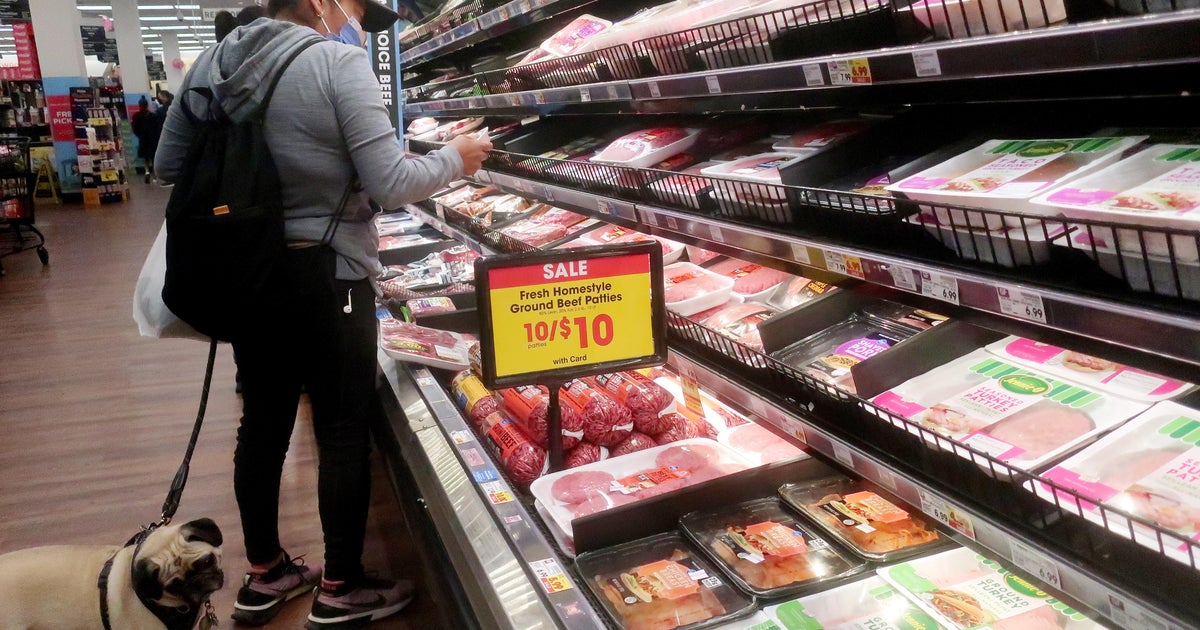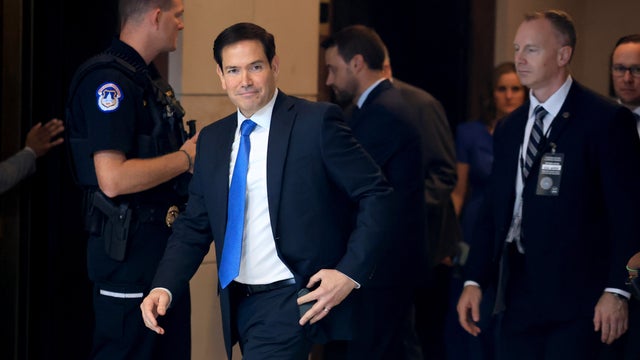

No response returned

Soaring U.S. beef prices are hitting consumers in the wallet and raising costs for restaurants.
"Anybody should be able to afford a burger," said Andrew Schnipper, a managing partner at Hamburger America in New York City. "It's never been an expensive item historically."
Yet the restaurant may be forced to raise the price of its burgers, which start at $7.50. "We're very focused on trying to charge the least amount we feel comfortable doing," he added. "But obviously, if prices go up we have to raise prices."
The cost of beef reached $5.98 per pound in May, according to Federal Reserve — the highest since the Department of Labor started tracking beef prices in the 1980s. That rise hasn't come overnight. Ground beef costs have increased 45% over the last 10 years, compared with roughly 30% for the overall .
Overall food prices have eased since surging during the pandemic, although they're still up nearly 17% since 2022, according to the . That means a grocery bill that cost $100 back then would cost around $116.85 as of May (the latest data available).
So what accounts for higher beef prices? The answer largely comes down to simple economics, with demand outstripping supply. That has resulted in higher costs throughout the supply chain, including for meat processing companies, the restaurant industry and consumers.
"There's plenty of alternative protein sources in terms of pork and poultry, primarily in the U.S., that consumers could turn to that are in abundant supply and relatively cheaper," Derrell Peel, a professor in the department of agricultural economics at Oklahoma State University, told CBS MoneyWatch. "And yet beef demand has stayed remarkably robust."
If the rules of supply and demand explain why beef has gotten so prices, other dynamics come into play.
Notably, Americans' enduring appetite for beef has coincided with shrinking cattle herds. The number of beef cattle in 2025, 27.8 million, is the lowest it's been since the 1960s despite the growing U.S. population, Agriculture Department data .
Over the last decade, in turn, the decline in cattle supplies has mainly been driven by drought conditions around the U,.S., which reduced the available feedstock and forced many cattle ranchers to sell off their beef cows, Peel said. "They simply had no choice because of the drought."
Most recently, a severe drought started in 2021 and continued through last year, sweeping through the western half of the country.
"Somewhere during that period, just about every major beef cow-producing area was subject to drought and subject to this sort of forced liquidation," Peel said.
Even without the challenge of insufficient rainfall, herds take a long time to grow due to the biology of cattle. Cows can only have one calf at a time, and it takes the longer for them to reach the age for slaughter than other livestock, Peel said.
Other factors driving up beef prices include high grain prices, tariffs and rising interest rates, according to a June from NerdWallet, a financial services company.
Unfortunately for Americans, beef prices are expected to keep rising for some time. Diminished cattle supplies are likely to drive prices to new record highs in 2026, to projections from the U.S. Department of Agriculture.
Longer term, Peel expects beef prices to stay high for the next several years as ranchers work on rebuilding their herds.
"We're going to be in a tight supply situation, in an elevated price situation for next two to three years, probably to the rest of the decade," he said.





